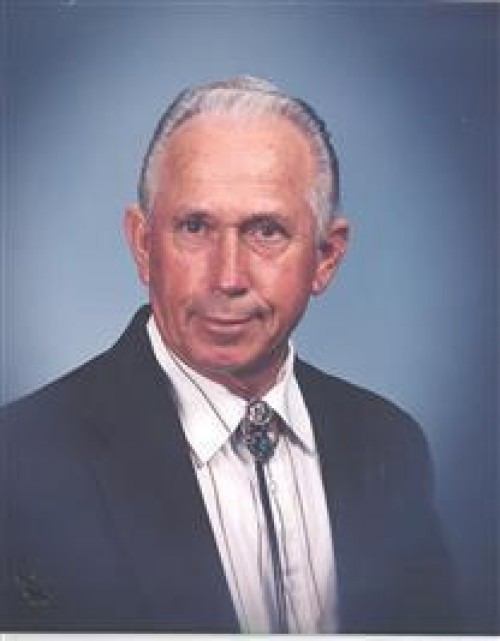
William Clark Sr.
June 29, 2010
Senator baffled by Obama’s view on La. oil
July 1, 2010As oil from the Deepwater Horizon spill continues to rise to the surface, birds are landing in oil-saturated water, whales are breathing toxins and sea turtles and rising to the surface to find just one thing – oil.
In an effort to remove as much oil as possible from the delicate ecosystem at the surface of the water, BP and the Coast Guard have been focusing on skimming and laying dispersants.
But with cleanup workers in the Gulf breathing toxins from where the dispersants have been laid, the question presents itself – how dangerous is the dispersant Corexit 9500 – the primary dispersant being used in the Gulf?
National Oceanic and Atmospheric Administration (NOAA) biologist Nicolle Rutherford cannot deny that the dispersants are toxic, but she said they are far less toxic than the oil if it were to remain in its current state.
“Most dispersants are 10 to 100 times less toxic than oil,” said Rutherford.
BP Press Officer Steve Rinehart agrees, likening the process to dishwater soap but with different chemicals.
“Look at the label on dishwater soap, which says if you ingest this, go to the hospital. It’s toxic. If you get it in your eye, you’re supposed to wash your eye for 15 minutes,” said Rinehart. “But if you use it as it’s supposed to be, run it through your dishwasher, dilute it with enough water, send it into a waste treatment stream, it degrades, and it’s okay. “
Although neither Rutherford nor Rinehart could definitively say no one has gotten sick from dispersants, both said the vast majority of scientists agree using the dispersant is better than not using anything at all.
“Dispersant use has been studied by the EPA, by NOAA and by industry, and they have been determined that you can work around them safely,” said Rinehart. “It’s a judgment that’s been made with biologists, marine scientists and others.”
Rutherford said the dispersant breaks the oil into microscopic pieces, causing the oil to move downward in the water column and have more surface area to be degraded quickly by bacteria.
“Think about it like smoke coming out of your chimney,” said Rutherford. “So at the source, you can see the smoke from your chimney. But as it’s caught by the wind and carried further away, it reaches a point where you can no longer tell there are smoke particles from the rest of the particles that are in the sky. We have the same thing happening in the sea.”
Rutherford also argues that dispersing the water would help keep it out of the marshes as well.
“It’s going to float and come into the beaches and the marshes where it’s harder to clean up in some places,” said Rutherford. “We want to keep it out of the marshes as much as we can. If the marsh gets oil, we don’t recover. The more we have to clean up, the more damage we can cause.”
Because dispersing the oil spreads it out to lower portions of the water column, organisms living in that area of water could suffer. Rinehart said that is a tradeoff that scientists have decided BP and the Coast Guard must take, and therefore he cannot deny the dispersant could be causing the death of some organisms in the Gulf.
He said BP and the Coast Guard are currently spraying dispersant in two ways – “crop dusting” planes and underwater spraying at the source of the spill.
“No [aerial] application of dispersants within two or three miles of the nearest person and at least three miles away from the shore, because we don’t want people to come into contact with any of the spray from the dispersants,” said Rinehart. “The most effective method of dispersing is happening sub-sea at the spill site. It’s using half the volume of dispersant, and it really works.”
The safety factors for aerial dispersing are in place because a direct hit with dispersant is very dangerous to humans or marine life.
As a measure for utmost safety, Rinehart said the EPA told BP several weeks ago to try to find a readily available dispersant with a lower toxicity that’s more effective.
“We could not find one, and they agreed there is not one,” said Rinehart. “Corexit 9500 was already on their approved list so we kept using it.”
Austin Nichols and Sophia Bush (left) ask BP Senior Oil Spill Advisor David Fritz (third from left) and Consultant Ann Hayward Walker about the safety of dispersants being used in the Gulf at last week’s BP Open House Expo in Larose. * Photo by RICHARD FISCHER








